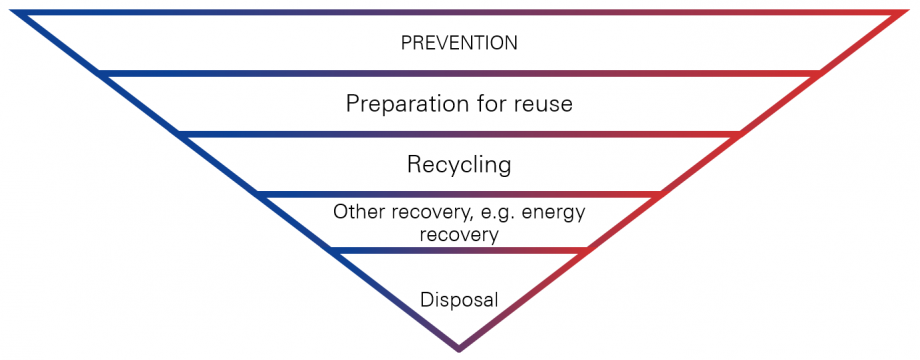Tube packaging from Pirlo minimizes the use of raw material and strives for it to be recycled and reused. Only where the collection and recycling systems are not yet fully developed, is thermal/energy recovery appropriate.
Our tube packaging is focused on sustainability in three ways. First, we apply the basic principle of using as little primary plastic material as possible. Second, we substitute primary plastic with sustainable materials where possible (e.g with our chalk tube).
Third, we engineer our tubes as thin and flexible as possible to enable complete emptying and avoid residue remaining in the packaging, which minimizes product waste and reduces the cleaning effort in the recycling process.

